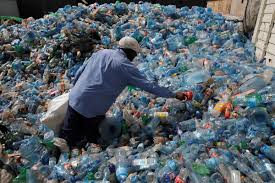

The Plastic Recycling Process
The simplest of plastic recycling processes involves collecting, sorting, shredding, washing, melting, and pelletizing. The actual particular processes vary based on plastic resin or type of plastic product. Most plastic
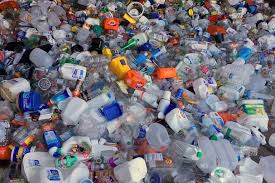

The Need for Recycling Plastic
Plastics are durable, lightweight and inexpensive materials. They can readily be molded into various products which find uses in a plethora of applications. Every year, more than 100 million tons


SORTING WOOD
Manual sorting When the waste wood has been collected, and the contents of the various skips have been checked on arrival at a wood recycling company, the separation of materials begins. Or
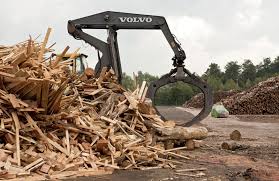

RECYCLING WOOD
The Objective Wood waste has two uses: recovery in the woodchip panelling industry, and energy recycling in heating. One ton of recycled wood saves 1.5m3 of wood, 700kg of coal, and 300


Waste wood recycling
Waste wood is a precious resource that is available in large volumes and may be used either for material recycling or energy production, depending on the quality grade. The rising
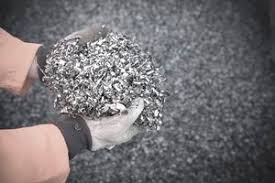

Metal Recycling Process
1. Collection This is the first and most important step in metal recycling. It simply involves collecting all materials that are made of metals. The scrap metal yards are used
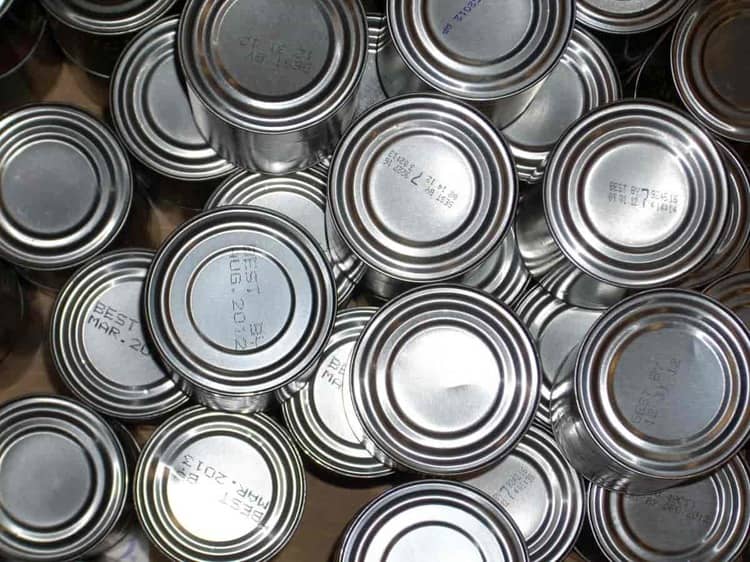

Why Do We Recycle Metals?
Metals are valuable materials that can be recycled again and again without degrading their properties. Scrap metal has value, which motivates people to collect it for sale to recycling operations.


Waste to Product
Markings for packaging, storage and transport serve as guides in sorting. They also contain information on the waste. Our marking and safety sign selection covers all needs for the collection


Recycling Benefits
Conserves natural resources. Recycling recovers valuable materials from old electronics that can be used to make new products. As a result, we save energy, reduce pollution, reduce greenhouse gas emissions,
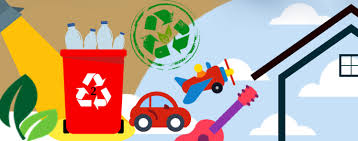

Mining
Electronics recycling is equivalent to urban mining at a low cost, we are quickly reaching the limits of many natural resources required to build our 21st century gadgets, and demand
